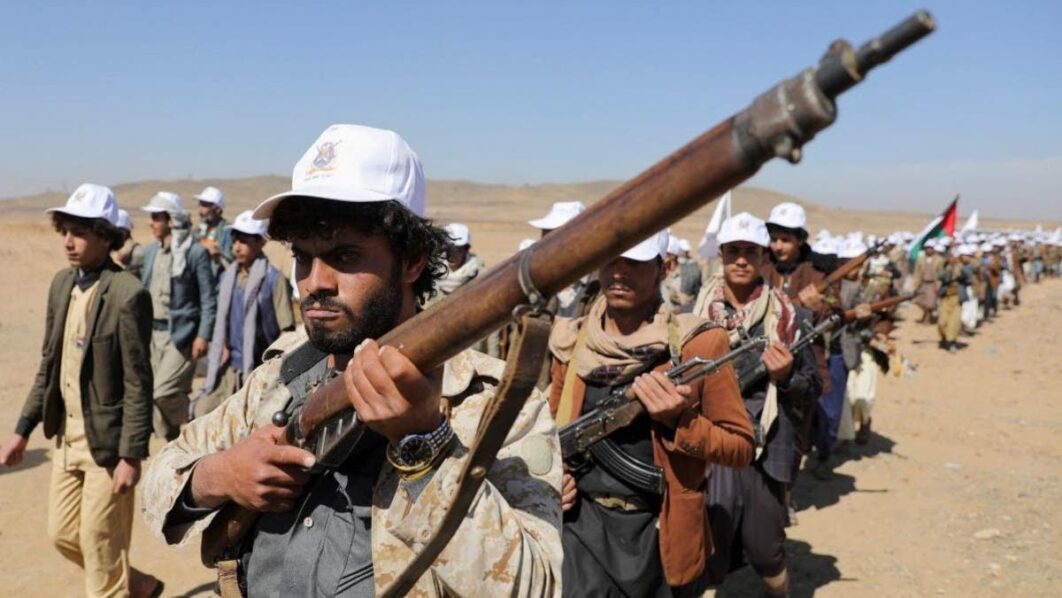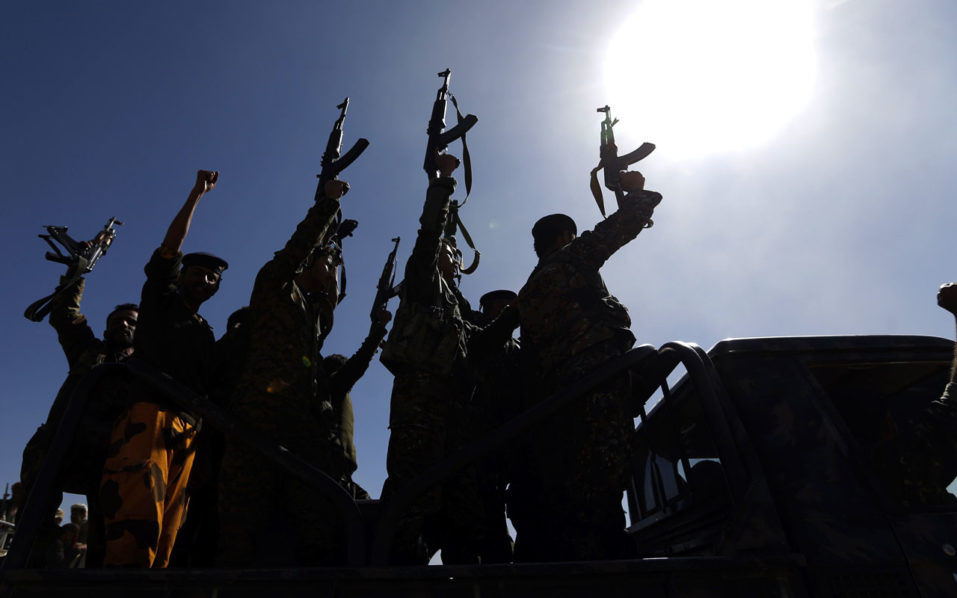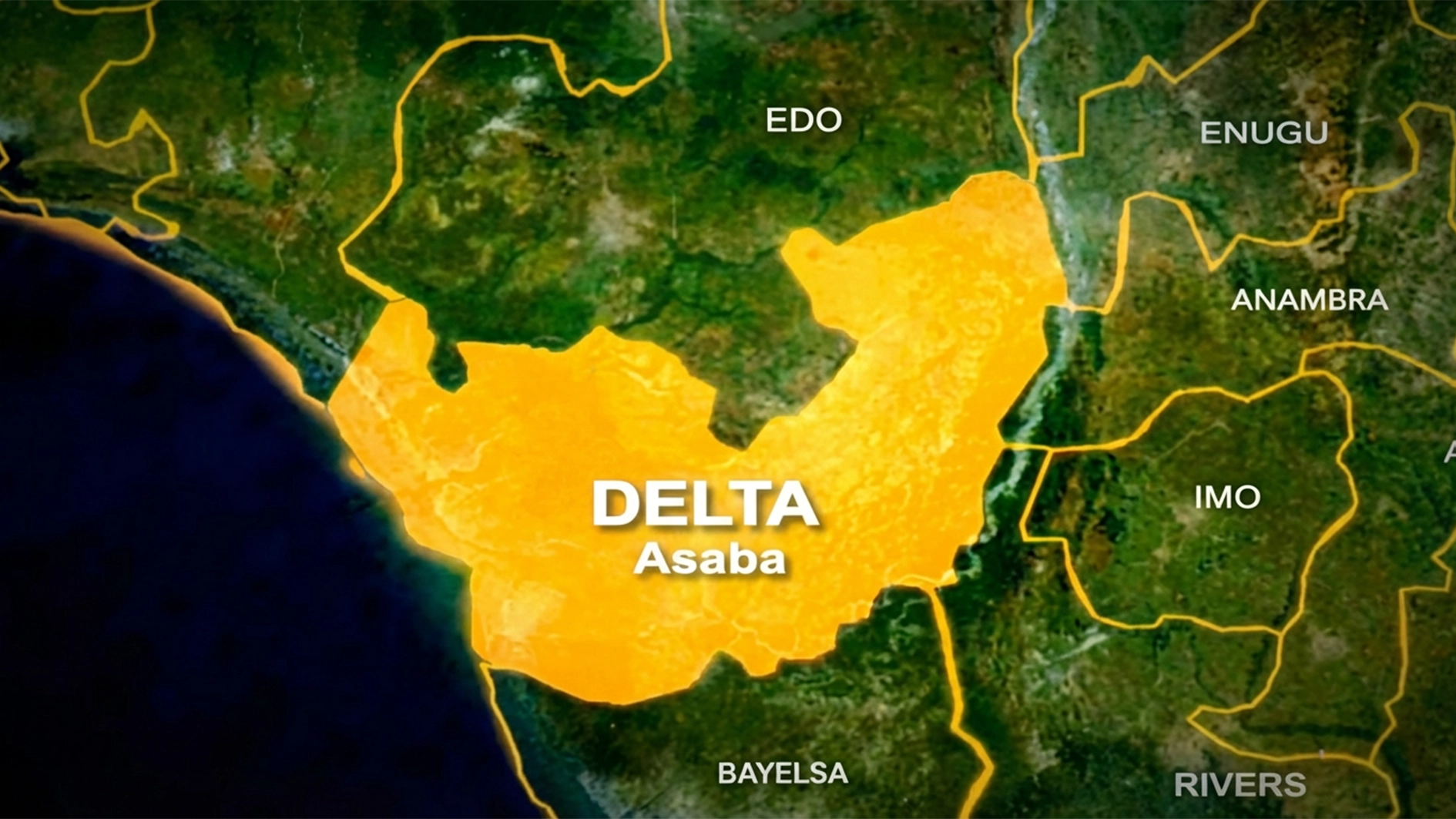
On the 31st of October 2023, Yemen’s Ansarullah movement, better known as the Houthis,declared war against Israel in solidarity with Hamas because of the war in Gaza. In a statement the Houthi military spokesman Yahya Sarei stated, “Our armed forces have launched a large batch of ballistic and cruise missiles and a large number of drones on various Israeli enemy targets in the occupiedterritories”. They warned that they will attack ships connected with Israel accessing the Red Sea. Soon after their assaults on Tel Aviv began, commercial vessels travelling through the Red Seanot connected to the Jewish state in any way became direct targets.As a result, sailing on the route became a deadly venture.This was how the Houthis incurred the wrath of the US.
The Houthis which are an armed political and religious group is an active arm of Iran’s so called “Axis of Resistance”, that have shown that they can be a disruptive force and a menace to global trade especially as it concerns maritime traffic along the Gulf of Aden, and particularly the Red Sea. The level of attacks on vesselsby the group which has been redesignated a “foreign terrorists organisation” have been unprecedented. They sank 2 ships, hijacked another and damaged about a hundred since they began their hostilities against commercial vessels. The turmoil has brought to a halt port activity in the ports along that corridor leading to economic distress for some of the countries directly affected.
Global shipping companies began avoiding the Red Sea altogether as a result of the blockade and would rather go through a longer route around southern Africa to get to the Americas and European waters. This voyage is not only expensive but has also driven up costs of goods around the world. Their terror activities have frustrated the Egyptians as they continue to lose revenue from merchant vessels that would have passed through the Suez Canal. The Egyptian President Abdel-Fattah el-Sisi let out his frustration recently when he disclosed to some of his senior military officers that the closure of the Bab el-Mandeb Strait, through which ships heading to the Suez Canal go through has caused tremendous economic damage. He said the country was losing $800 million per month. That is a staggering sum by any standard for any economy.

The Houthis offensive eventually triggered an international military response and, in an effort, to stop the group, establish deterrence and restore freedom of navigation, the United States and the United Kingdom during the Biden administration launched several rounds of airstrikes on the Houthis positions in Yemen to degrade their military capabilities and cause them to stop the assaults. However, it has been 15 months of battle to restore freedom of maritime traffic in this strategic waterway that links Asia with Europe without any end in sight. A route through which about 15 percent of global seaborne trade pass through have become nothing else but a conflict zone as a result, shipping and port activities have been crippled causing strains to the economies of the Red Sea coastal states and beyond. In response to their aggression, the Israeli Air Force have conducted several retaliatory airstrikes, flying over 2,000km to deliver heavy bombs on selected targets associated with the Yemeni terror group.
It is important to be reminded that the Houthis stood up to the Saudi coalition when they ousted the Yemeni leadership in 2015. The Saudis had seen their take over of power in Yemenas unacceptable. They went ahead to form an Arab coalition to dislodge the group. Between March 2015 and March 2022, the Saudi-led coalition conducted at least twenty-five thousand airstrikes on the Houthis positions. In those seven years of airstrikes across the length and breadth of Houthi-controlled territory they only succeeded to push them back from the southern part of the country away from the port of Aden. The fighting ended in what experts consider a stalemate in 2022 when peace talks mediated by Oman under United Nations auspiceswas brokered between both parties, bringing an end to hostilities. At the end of the war, they were not just still standing but they still had the ability to conduct counter-strikes against the Saudis.
The group does not only get massive funding, training and support from Iran, they get large amounts of weapons and intelligence too. I am convinced that the disruption that we see today in the Red Sea is not anything the Houthis would really have wanted to engage in nor is it in the interest of the people of Yemen and the territory they run, but of course they are doing the bidding of their backers in Tehran which was why Saudi Arabia the leader of the Sunni world and a rival of Iran in the region went to war when the Yemeni government was toppled by the Houthis. The idea was that they cannot tolerate an Iranian satellite on their borders.
President Donald Trump believes that it is in interest of America, the world at large especially maritime businesses to have the Red Sea fully functional again and not blocked by the terror activities of the Houthis hence the reason he has launched a fresh campaign against the militants. “No terrorist force will stop American commercial and naval vessels from freely sailing the waterways of the World,” Trump said in a social media post announcing the campaign. And so, on the 15th of March 2025, fire began to rain on Houthi positions in Yemen. President Trump has promised to sustain the attacks until the militantsback down. This appear to be a new strategy the US has adopted to bring the Houthis to its knees. The group have demonstrated in the past that they are a resilient force. So, the question now is how far is the US willing to go? How effective will this round of air campaign be?The first few days of this recent attacks have seen the offensive targeted at the strong hold of the group and its leadership especially in Sanaa. Could this stratagem be enough to return stability to maritime trade in these waters? Trump wrote that he “ordered the United States military to launch decisive and powerful military action against the Houthi terrorists in Yemen,” and concluded with the threat that if Houthi attacks don’t stop, “Hell will rain down upon you like nothing you have ever seen before”. They promised to escalate their responses if America continue in its attacks and that is what they have done. They have fired several ballistic missiles at Israel in recent days triggering sirens across central Israel, but the missiles and drones were intercepted by air defense system of the Israeli Defense Force IDF.They haverepeatedly fired attack drones and missiles at the US war ships in the Red Sea with what appear to be a determination to hit their targets.
The conflict in the region has shown no sign of slowing down. Iran has built what the west and its allies have described as a terror network and a destabilizing force in the region. They have supported and funded wars and have constantly kept the region on edge making the Middle East the most volatile in the world. Donald Trump has warned Iran, “every shot fired by the Houthis will be looked upon, from this point forward, as being a shot fired from the weapons and leadership of Iran, and Iran will be held responsible, and suffer the consequences, and those consequences will be dire!” Trump said. Tehran through its Foreign Minister responded when he posted on X saying, “The United States Government has no authority, or business, dictating Iranian foreignpolicy”. Just after his statement, Iran showed to the world its underground missile city in what appear to be a message to Israel and the United States. Are they preparing for a confrontation?
Given the long history of Houthis resistance and toughness, the current round of offensemay not deter the group except they are overwhelming and crippling.While the previous airstrikeswere focused on military installations and equipment without sustainability, this time seem to be different. The attacks are not just directed at their military infrastructure but targeted at their leaders anywhere they can be found with the intention to mount the kind of pressure that will pulverize the Houthis. Report has it that a few of their leaders have been taken out so far.Howbeit, this group has consistently demonstrated the ability to adapt and recover.
The Houthis ability to remain standing after all its battlesarises from theirbattlefield experience, adaptability prowess and mastery to hide their weapons across Yemen’s rugged terrain away from the prying eyes of drones, intelligencesatellites and even spies on the ground. They are able to get their assets replenished as they continue togetendless supportfrom their backers in Tehran and have rendered every suppression effort elusive.
If history is anything to go by, these militants have shown that they have the ability to adapt and recover quickly, therefore it must be said that a few days of airstrikes on the Houthis military infrastructure will not make them stop their attacks. With a rich bank of intelligence, the attacks must be strategic, painful, crippling, overwhelming and sustained for weeks if not months before meaningful damage can be done to their fortified defenses, production facilities,offensive capabilities,leadership, command centers and command structure. If an overwhelming force and pressure are sustained, calm may soon return to the Red Sea.In the meantime, fingers remain crossed as the US continue to hit valuable targets across multiple locations without showing any signs of stopping.To cap it all up, Iran its main backer must not only be kept away from rearming the rebel group but must be forced to ensure that their proxy stop the disruption.Only then will sustainable stability be restored to this vital trade route.
Uwem Samson Udom is a business service expert who is passionate about national and global affairs. He writes from Lagos and can be reached at [email protected]






